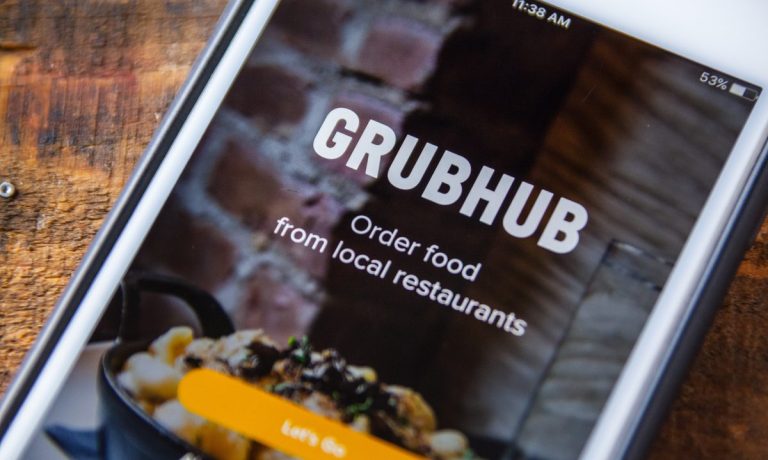With the acceleration of the digital shift touching every part of the restaurant business, many operators find themselves juggling a suite of incompatible tools and solutions. Providers that can offer restaurants an opportunity to consolidate their digital presence and keep previously disparate systems in communication with one another have the opportunity to seize on this demand for a streamlined solution. That is just what Fiserv’s Clover point-of-sale (POS) platform is doing.
On Wednesday (Aug. 25), Fiserv announced that Clover’s POS, ordering, and business management platform is integrating with food delivery marketplace Grubhub. Rather than needing separate hardware and a separate menu platform to accept Grubhub delivery orders, restaurants will be able to take Grubhub orders through Clover’s tools, and restaurants can also sign up for Grubhub through Clover’s platform.
“Integrating Clover and Grubhub makes management of delivery orders much easier for restaurants, enabling them to reach more customers while operating more efficiently,” Ellen Linardi, senior vice president of product and design at Clover, said in a statement.
She went on to note that the company intends to announce similar initiatives with other food delivery marketplaces down the line, stating, “This is the first of multiple delivery options that will be accessible to restaurants via the Clover platform, providing a practical way for restaurants to meet customers’ growing appetite for food delivery.”
These integrations are a bound forward in restaurant POS systems’ race to provide the most comprehensive suite of offerings to their customers. Earlier this month, Clover announced Clover Station Solo, a device that aims to consolidate front and back of house operations, and POS system Appetize announced Appetize Plus, which combines the company’s software, hardware, and payments tools into a single subscription, enabling businesses to upgrade their technology without the often-prohibitive cost of purchasing each upfront. Coming at it from the other side, digital ordering and delivery software provider Olo is looking to get into the POS space, testing out its Olo Pay payment processing tool.
Read more: POS Providers Compete To Be Restaurants’ One-Stop Shop
Advertisement: Scroll to Continue
In today’s connected economy, leading businesses are those that can leverage their products and/or services as an entry point to provide customers access to an ecosystem of integrated experiences. POS providers that can use their payment processing capabilities to draw restaurants in to a comprehensive restaurant technology (ResTech) system have the opportunity to pull ahead of competitors, especially given the technological mess that most restaurants are facing today.
See also: 35 CEOs On Payments As The Connected Economy’s Power Source
As Olo discussed in its Securities and Exchange Commission (SEC) filing in advance of its initial public offering (IPO), the “key complexities that hinder restaurants’ digital transformation progress” include these incompatible systems.
Related news: Olo Highlights Five Key Takeaways In S-1 Filing For IPO
“Restaurant brands historically have not standardized the type of technology platforms that must be deployed across their locations,” the filing states, noting that seven out of 10 restaurants are using between two and four different technology providers to take orders.
The filing added that “legacy restaurant systems were not built for modern, cloud-based environments … furthermore, brands are unable to access their consumer data, as it resides in different systems and databases that cannot communicate with each other.”
By consolidating the payment processing and delivery tools that restaurants need today, Clover has the chance to set itself apart in the POS space. As more delivery providers get on board, other POS providers will have to adapt to what will likely soon become ResTech’s new normal.




